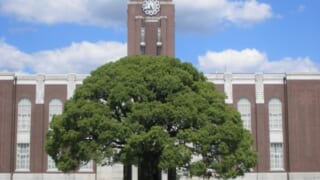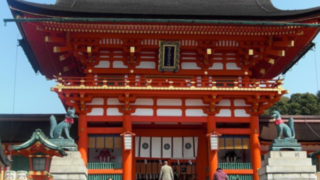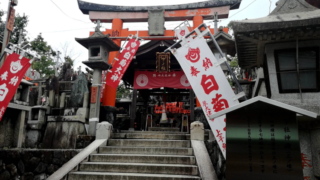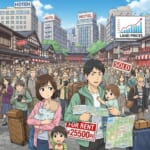Kyoto, “The City of Students”: A Ranking of University Students’ Hometowns! Surprising Discoveries?
Kyoto, a city steeped in history and culture. Many young people from all over Japan flock to this city with their dreams.
“So where do university students in Kyoto actually come from?”
We’ll use the latest data to answer this simple question. We’re revealing the 2024 ranking of students by their home prefecture! We also analyze the changes that have occurred over the two years since 2021, a period heavily influenced by the COVID-19 pandemic. Whether you’re a high school student aspiring to study in Kyoto or just someone curious about the city’s present, please read on!
Clear at a Glance! The Top 10 Hometown Prefecture Ranking
First, let’s look at the ranking based on 2024 data.
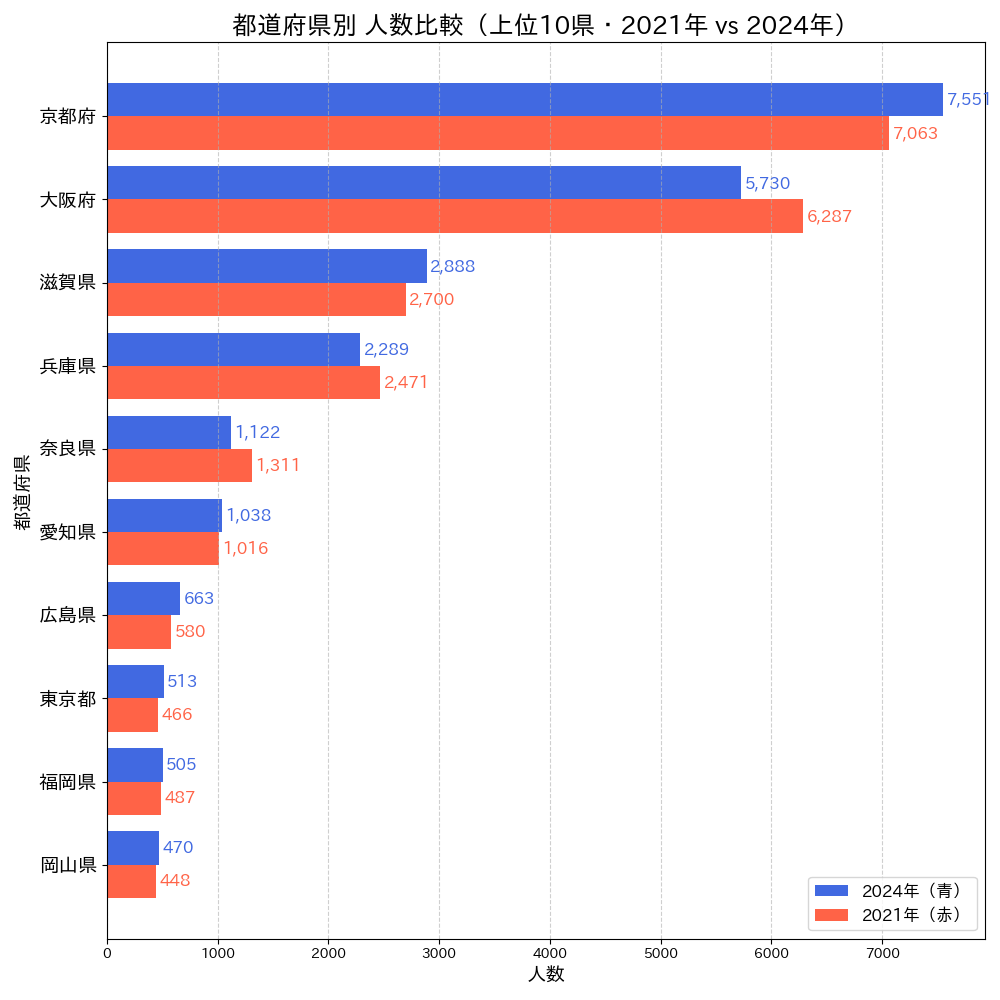
| Rank | Prefecture | Number of Students |
| 1st | Kyoto Prefecture | 7,551 |
| 2nd | Osaka Prefecture | 5,730 |
| 3rd | Shiga Prefecture | 2,888 |
| 4th | Hyogo Prefecture | 2,289 |
| 5th | Nara Prefecture | 1,122 |
| 6th | Aichi Prefecture | 1,038 |
| 7th | Hiroshima Prefecture | 663 |
| 8th | Tokyo Prefecture | 513 |
| 9th | Fukuoka Prefecture | 505 |
| 10th | Okayama Prefecture | 470 |
Was this what you expected, or did you make a surprising discovery? Let’s take a closer look at the characteristics of the top-ranked prefectures.
Still Going Strong! The Kinki Region Dominates the Top 5
Looking at the ranking, the Kinki region prefectures are overwhelmingly dominant at the top.
Local Kyoto Prefecture is a proud 1st, followed by Osaka, Shiga, Hyogo, and Nara.
According to a reference document (Kyoto University Student Life Survey), a large number of students at Kyoto University commute from home within a “90-minute commute radius,” so geographical proximity is undoubtedly the biggest factor.
By the way, out of the total student population in 2024 (31,031),
- Percentage of local (Kyoto Prefecture) students → Approx. 24.3%
- Combined percentage of the Kinki region’s 2 prefectures and 4 other prefectures (including Wakayama Prefecture) → A whopping approx. 64.3%!
This means that two out of every three university students in Kyoto are from the Kinki area. For students in the Kinki region, Kyoto can be said to be a classic destination for higher education.
2021 → 2024: What Has Changed in These Two Years?
Next, let’s compare the data from 2021, when the effects of the pandemic were still strong, with the present (2024), and see which prefectures have shown the most significant changes.
Prefectures with a Notable Increase
There is a visible trend of more students coming from distant areas.
- Okinawa Prefecture: 108 students → 262 students (+154 / approx. 2.4x!) The most shocking increase was from Okinawa Prefecture. This might be due to online open campus events and information gathering becoming more common, which lowers the hurdle of physical distance.
- Shiga Prefecture: 2,700 students → 2,888 students (+188) The influx from neighboring Shiga Prefecture is accelerating even more.
- Shimane Prefecture: 135 students → 209 students (+74)
- Ibaraki Prefecture: 99 students → 158 students (+59)
- Yamanashi Prefecture: 83 students → 135 students (+52)
Some Prefectures Also Decreased
Interestingly, some areas in the Kinki region saw a decrease.
- Osaka Prefecture: 6,287 students → 5,730 students (-557)
- Hyogo Prefecture: 2,471 students → 2,289 students (-182)
- Nara Prefecture: 1,311 students → 1,122 students (-189)
With a combined decrease of over 900 students across these three prefectures, it’s possible that a growing preference for staying local or the increasing popularity of universities in the Osaka and Kobe areas is a factor.
Why Is Kyoto So Alluring to Students?
As this data shows, Kyoto is not only a go-to destination for students from the Kinki region, but it also has a magnetic pull that attracts a diverse range of young people from across Japan and the world. Where does the source of this charm lie?

The Overwhelming “Number of Universities” and “Diversity of Studies”
The biggest reason is, of course, the appeal of the universities themselves. With 29 universities clustered within Kyoto City, the entire city feels like one giant campus.
In addition to comprehensive universities, a major feature is the presence of unique and highly specialized educational institutions, such as those focused on arts, languages, and Buddhism. This diversity of academic fields serves as a haven for the intellectual curiosity of students from all over the country.
Furthermore, collaborations between universities, like the “Consortium of Universities in Kyoto,” are thriving, and systems like credit exchange programs that allow students to take classes at other universities are a big draw for those who want to broaden their learning.
A “Student-First” City Functionality Nurtured by History
A culture of student lodging has long been established here, and even now, there is an abundance of affordable apartments and dormitories for students. Around the universities, you’ll find plenty of cheap and hearty eateries and long-standing cafes that reliably support students’ lives and stomachs.
The compact size of the city, where you can get to major locations on a single bicycle, is also a big plus for students. They can save on transportation costs while leading an active daily life filled with academics, part-time jobs, and club activities.
The Atmosphere of an International City That Welcomes “Outsiders”
As a global tourist city, Kyoto has always welcomed many people from both inside and outside the country. This atmosphere of naturally accepting “outsiders” without treating them as special eases the anxiety of students coming from other regions and helps them acclimate to their new surroundings.
This student-friendly environment creates a comfortable setting for young people who wish to experience diverse values.
Summary
The “wide variety of choices” in excellent educational institutions, the “livability” that allows for a fulfilling life at an affordable cost, and the “cultural depth” that lets students experience diverse values.
These three elements come together to make Kyoto a one-of-a-kind “City of Students.”
We hope this data helps deepen your understanding of the city of Kyoto and assists you in making your own academic choices.
The data source is “Kyoto City Statistical Portal.”
